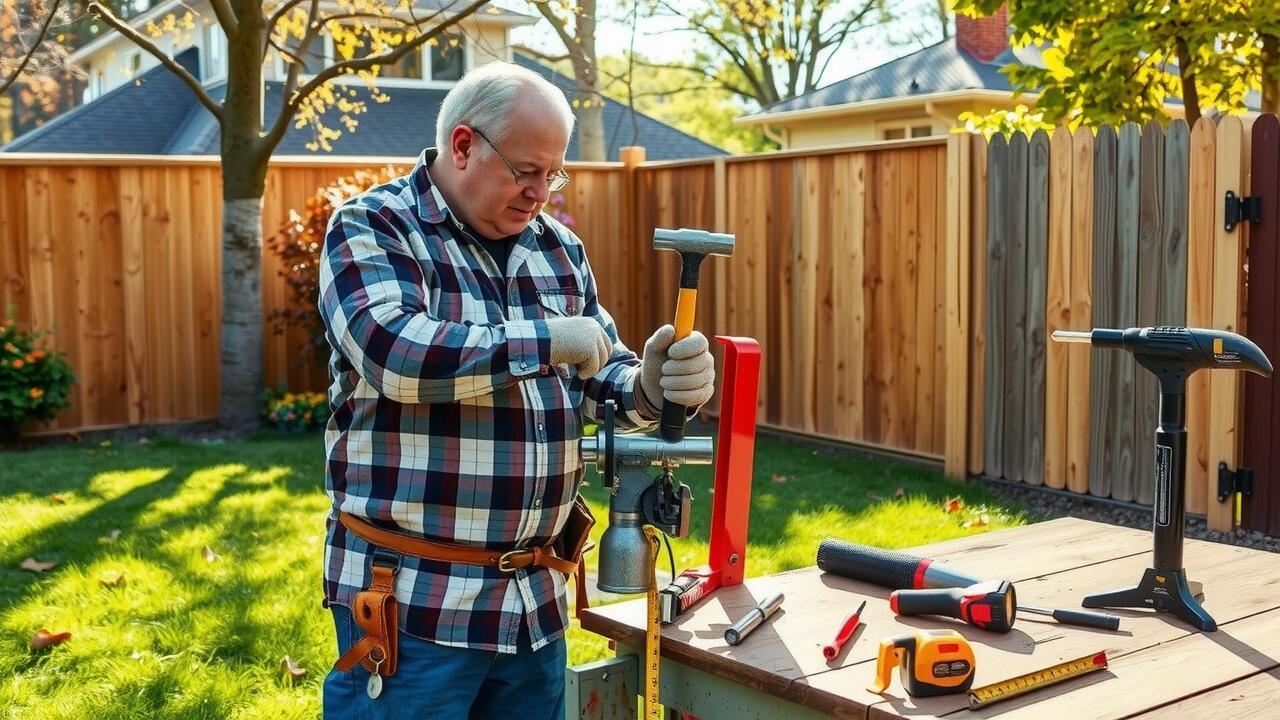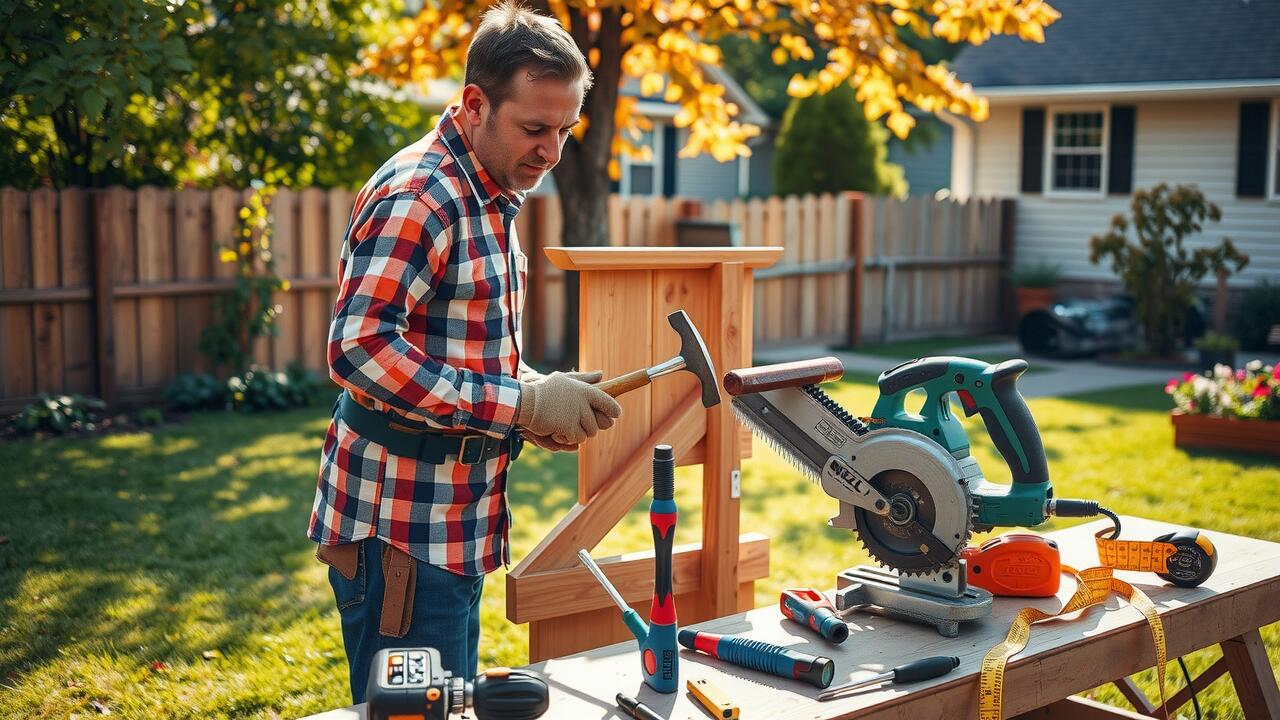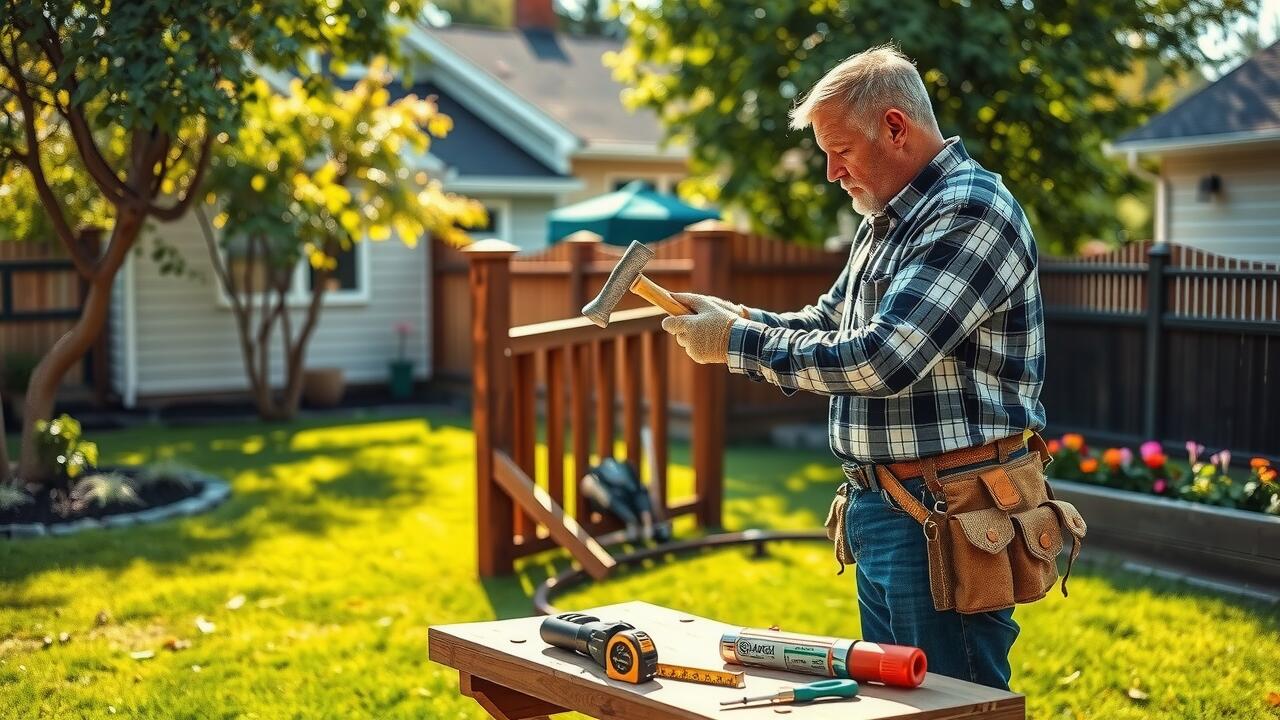
Table Of Contents
Tips for Filing a Claim for Fence Damage
When you discover damage to your fence, it’s important to act quickly. Start by documenting the extent of the damage with photos and notes detailing when and how it occurred. This record will serve as crucial evidence when filing your homeowners insurance claim. If the damage resulted from a covered peril, such as a storm or vandalism, ensure that your documentation clearly reflects this.
After gathering your evidence, review your policy to understand what is covered. Many insurance policies include specific clauses about fencing and may outline conditions for fence repair claims. When you submit your claim, include all necessary documentation and a detailed description of the incident to facilitate a smoother process. Be prepared for potential follow-up questions from your insurer regarding the claim.
Documenting the Damage Effectively
When filing a claim for fence damage, clear documentation is essential. Begin by taking detailed photographs of the damaged sections. Capture the extent of the damage from multiple angles, ensuring that surrounding areas are also included. This visual evidence will support your claim and provide the insurance adjuster with a comprehensive view of the situation. If applicable, gather any relevant records, such as maintenance logs or prior repair invoices, to establish the fence’s condition before the damage occurred.
In addition to visual documentation, a written account of the incident can strengthen your case. Describe how the damage occurred and any contributing factors, such as severe weather conditions or vandalism. Save all communication with repair professionals or insurance representatives. A well-documented narrative alongside your fence repair estimates will facilitate a smoother claim process. Providing thorough and organized documentation increases the likelihood of a successful claim for coverage on the fence repair.
Understanding Deductibles and Payout Limits
Homeowners insurance policies typically come with deductibles that homeowners must understand before filing a claim for fence repair. A deductible is the amount you are responsible for paying out of pocket before your insurance coverage kicks in. For example, if your policy has a deductible of $1,000 and the total cost of your fence repair is $3,000, you will need to cover the first $1,000, and your insurance will cover the remaining $2,000. The deductible amount can significantly impact your decision to file a claim, especially if the repair costs are close to or below the deductible threshold.
Payout limits are another crucial aspect of homeowners insurance policies. Insurance companies often set caps on how much they will pay for specific types of damage, including fence repair. This limit may vary based on the terms of your policy and the overall coverage amount. Understanding these limits helps homeowners gauge whether their insurance is sufficient to cover potential repairs or if they might need additional coverage or supplemental policies. Being aware of both deductibles and payout limits can clarify the financial responsibilities involved in fence repair following damage.
How Deductibles Impact Your Claim
Deductibles play a crucial role in determining the amount you’ll receive from your homeowners insurance claim for fence damage. When you file a claim, the deductible is the portion of the cost that you must pay out of pocket before the insurance company covers the remaining expenses. If the cost of fence repair is lower than your deductible, it may not be financially viable to pursue a claim at all. Homeowners should carefully evaluate the damage and associated repair costs against their deductible to make informed decisions.
Understanding your deductible can guide you in choosing whether to file a claim for fence repair. For those with higher deductibles, it may make more sense to handle smaller repairs independently rather than risking a potential increase in insurance premiums. Evaluating the financial implications of your deductible will help you assess the benefits of filing a claim versus directly paying for repairs.
Alternatives to Homeowners Insurance for Fence Replacement
Homeowners may explore various options when considering fence replacement beyond standard homeowners insurance. One alternative is a home warranty plan, which can cover specific repairs related to fencing. These plans often include provisions for both repairs and replacements, addressing issues that may arise due to wear and tear or other covered events. Before selecting a plan, reviewing the terms is essential to ensure that it suits individual needs regarding fence repair.
Another option for homeowners is to look into specialized fence insurance or rider policies. These policies can provide targeted coverage for fencing, protecting against damages from storms, accidents, or vandalism. While not as common, they offer a layer of security tailored to the unique risks associated with outdoor structures. Homeowners can ensure their investment in a fence is adequately protected by considering these alternatives to traditional homeowners insurance.
Home Warranty Plans
Home warranty plans can serve as an alternative solution for homeowners seeking coverage for fence repair. These plans typically cover specific repairs and replacements for various home systems and appliances but may also extend to certain types of outdoor structures. Depending on the provider, a home warranty could include coverage for damages resulting from wear and tear or unforeseen issues that arise after installation.
When considering a home warranty, it is vital to read the fine print. Coverage details can vary significantly among providers, including limitations and exclusions specifically related to fence repair. Understanding the terms ensures homeowners are fully aware of what is covered and any associated costs. This approach can save both time and money if fence repairs become necessary.
FAQS
Will homeowners insurance cover the cost of a new fence?
It depends on the specific circumstances surrounding the damage to the fence. Homeowners insurance may cover the cost if the damage is due to a covered peril, such as a storm or vandalism.
What should I do first if my fence is damaged?
You should document the damage thoroughly with photos and notes about the incident. After that, contact your insurance company to report the claim and get guidance on the next steps.
How do deductibles affect my claim for a new fence?
Deductibles are the amount you must pay out of pocket before your insurance coverage kicks in. If the cost of repairing or replacing the fence is less than your deductible, you may not receive any payout from your insurance.
Are there alternatives to homeowners insurance for replacing my fence?
Yes, alternatives include home warranty plans that may cover fence repairs or replacements, as well as specialized fence insurance policies that focus solely on fencing.
What types of damage are typically covered by homeowners insurance?
Homeowners insurance generally covers damage from incidents like fire, wind, hail, and vandalism, but it’s important to review your policy for specific coverage details and exclusions.

